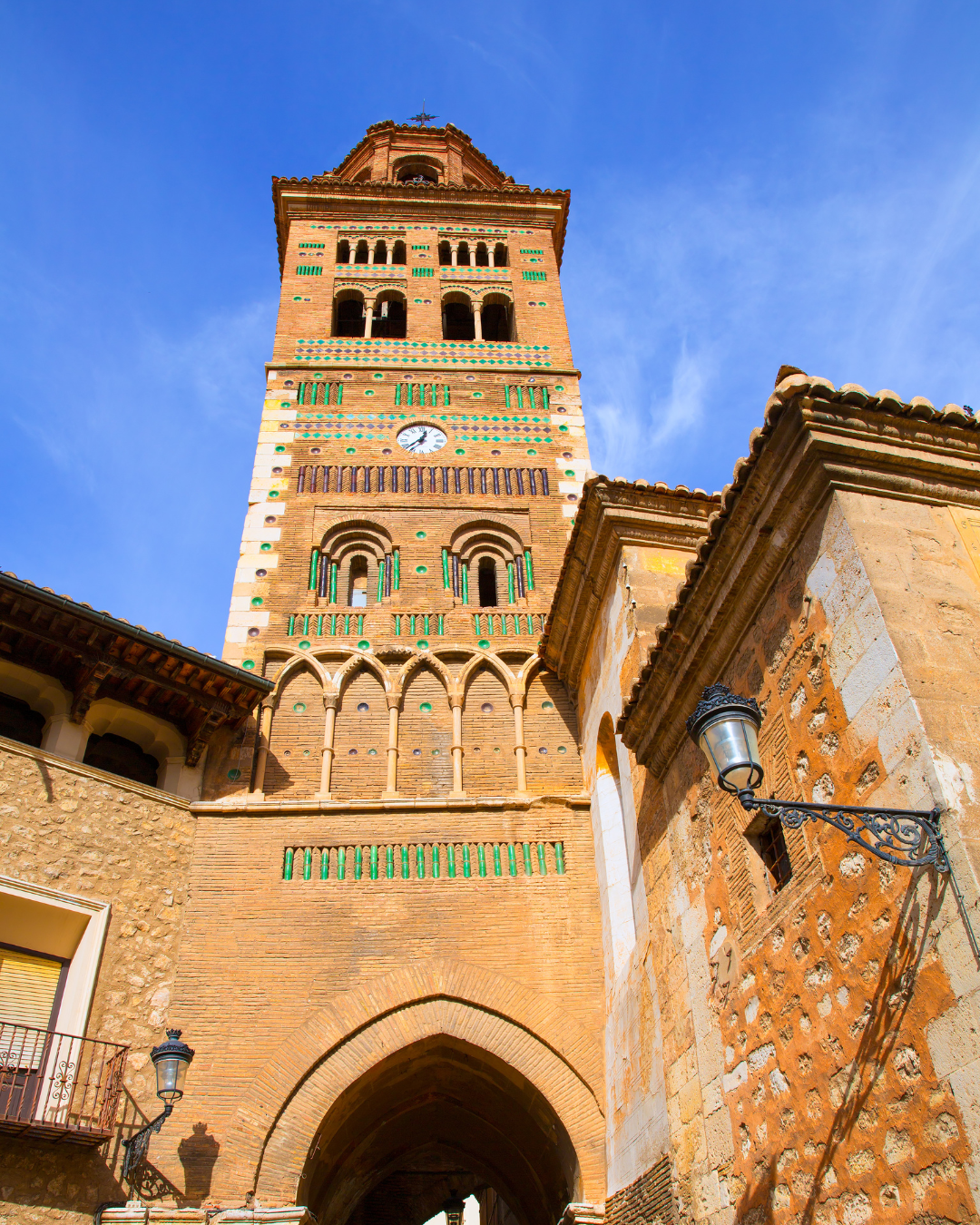
The Mudejar Wonders of Aragón: A UNESCO Heritage Journey
Share
Aragón, a region in northeastern Spain, is home to some of the most breathtaking Mudejar architecture in the world. Recognized as a UNESCO World Heritage Site, the Mudejar Architecture of Aragón represents a unique fusion of Islamic and Christian artistic traditions, developed during the centuries of coexistence between different cultures in Spain.
What is Mudejar Architecture?
Mudejar refers to the artistic style that emerged in Spain during the Middle Ages, particularly between the 12th and 17th centuries. It was created by Muslim artisans who remained in Christian territories, blending Islamic decorative elements with Gothic, Renaissance, and Baroque influences. This distinct style is characterized by intricate brickwork, colorful tile mosaics, and elaborate wooden ceilings.
Highlights of Mudejar Architecture in Aragón
1. The Aljafería Palace (Zaragoza)
Originally built in the 11th century as a fortress-palace for the Taifa kings of Zaragoza, the Aljafería later became a royal residence for the Catholic Monarchs. Its horseshoe arches, intricate stucco work, and coffered ceilings are exquisite examples of Mudejar craftsmanship.
2. The Cathedral of Teruel
Often considered the crown jewel of Mudejar architecture, Teruel Cathedral features an awe-inspiring ceiling of polychrome wood, depicting medieval scenes with exceptional detail. Its stunning tower, adorned with glazed ceramic tiles, is a must-see.
3. The Tower of San Martín (Teruel)
One of Teruel’s most iconic landmarks, this 14th-century tower showcases elaborate brickwork combined with green and white ceramic tiles, demonstrating the perfect harmony between Islamic and Christian aesthetics.
4. The Church of San Pablo (Zaragoza)
Often referred to as the third cathedral of Zaragoza, this church boasts an impressive octagonal tower and a richly decorated wooden ceiling, making it a prime example of Mudejar artistry in the capital of Aragón.
5. The Collegiate Church of Santa María (Calatayud)
Located in Calatayud, this magnificent church features a spectacular Mudejar tower and an elegant cloister, reflecting the refined architectural style of the period.
Why Visit the Mudejar Wonders of Aragón?
-
UNESCO Recognition: The Mudejar architecture of Aragón is globally recognized for its cultural and artistic significance.
-
Unique Aesthetic: A perfect blend of Islamic geometric patterns and Christian iconography.
-
Rich History: Each monument tells the story of a dynamic cultural exchange that shaped Spain’s heritage.
-
Unforgettable Experience: From towering minarets to intricate ceilings, every site offers a glimpse into a bygone era of artistic brilliance.
Final Thoughts
Exploring the Mudejar wonders of Aragón is like stepping into a living museum where history, art, and culture intertwine. Whether you’re an architecture enthusiast, a history lover, or simply a curious traveler, this UNESCO Heritage journey will leave you in awe.
Are you ready to uncover the hidden treasures of Aragón’s Mudejar legacy?
